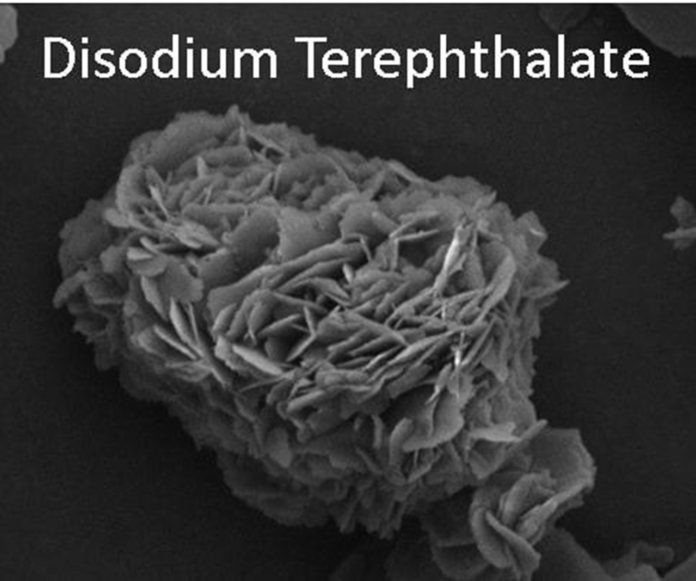Scientists at Purdue University have created a new technology that includes microwaves to offer an avenue for renewable energy conversion and storage. Their technique converts polyethylene terephthalate into components of batteries.
Using the process called ultrafast microwave irradiation, scientists converted PET, or polyethylene terephthalate, flakes into disodium terephthalate to use them as battery anode material.
The aim of this study to help to address the growth in the proliferation of renewable energy conversion and storage.
Scientists tested the approach with both lithium-ion and sodium-ion battery cells.
Vilas Pol, a Purdue associate professor of chemical engineering who has worked with the Purdue Research Foundation Office of Technology Commercialization to develop several battery technologies, said, “The applicability of the microwave technique on organic reactions has gained attention in recent times due to its advantage of the rapid reaction process. We have accomplished the complete conversion of PET to disodium terephthalate within 120 seconds, in a typical household microwave setup.”
Journal Reference:
- Rapid Upcycling of Waste Polyethylene Terephthalate to Energy Storing Disodium Terephthalate Flowers with DFT Calculations. DOI: 1021/acssuschemeng.9b07684
